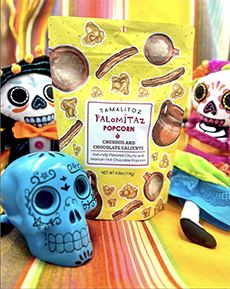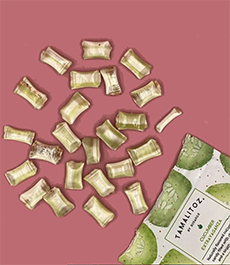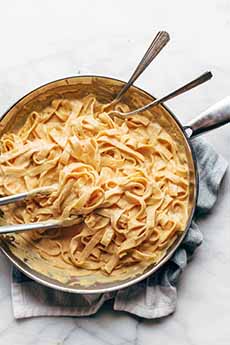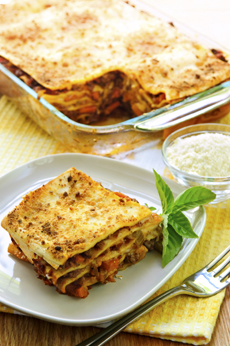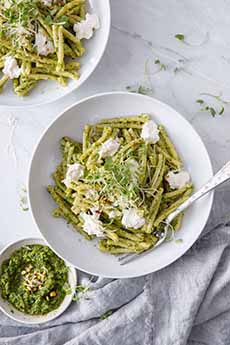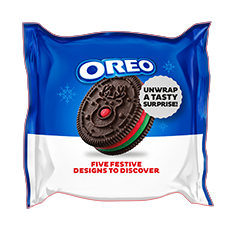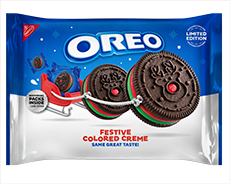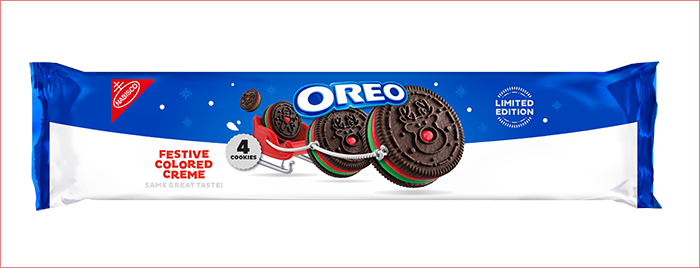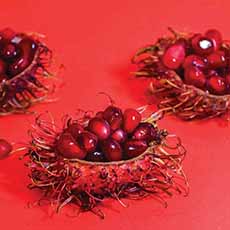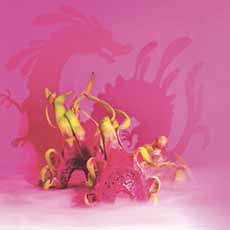
[1] Yummy lemon bars cut into rectangles. The recipe is below (photos #1, #2, #3, and #5 © King Arthur Baking).
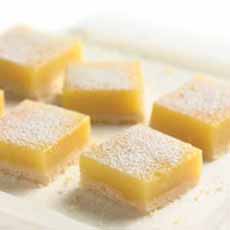
[2] Cut into squares instead of rectangles.
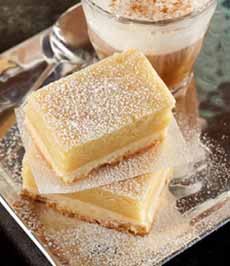
[3] Delicious with coffee, hot or iced.
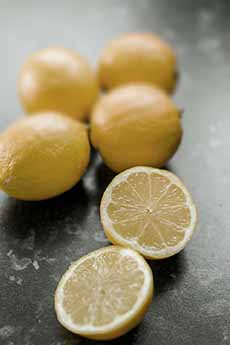
[4] We’re ready to juice, Mr. DeMille (photo © Dominika Roseclay | Pexels).
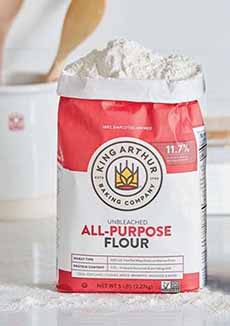
[5] Use all-purpose flour. King Arthur’s is available in both conventional and organic varieties.
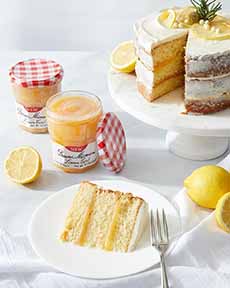
[6] You an buy lemon curd or make it (photo © Bonne Maman).

[7] For even more lemon flavor, add zest to the crust (photo © Sunkist).
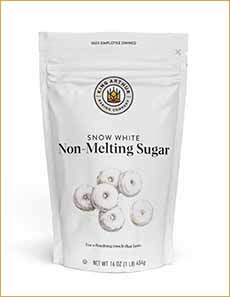
[8] Unlike confectioner’s sugar, non-melting sugar doesn’t melt (i.e., disappear) due to moisture in the top layer, or heat.
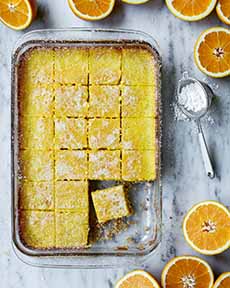
[9] For even more lemon flavor, add zest to the crust (photo © Sunkist).
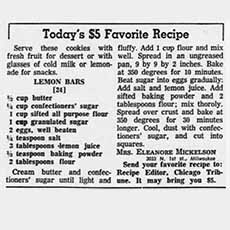
[10] The original “modern” recipe, published in 1962 (image © Newspapers.com).
|
|
What’s one to do on National Lemon Bar Day (October 15th)? Bake lemon bars with the recipe below (so easy!).
Lemon bars are silky lemon curd* atop a buttery shortbread base, traditionally served dusted with confectioner’s sugar. (Personally, we only add a dab in the center of the bar, because the powdery sugar gets all over the place.)
Lemon bars just burst with lemon flavor, and over the years, we’ve realized that we’d rather have a lemon bar than a chocolate brownie.
Today’s recipe (below“>below) is courtesy of King Arthur Baking, one of our favorite repositories of delectable recipes.
> The history of shortbread.
> The history of lemon bars is below.
> The history of lemons.
> The history of cookies.
> The 11 different types of cookies.
> Cookie glossary.
> Lemon glossary: the different types of lemons.
> Fruit spreads: the different types from curd to marmalade.
> The difference between cookies and bars.
> The difference between fruit curd and fruit butter.
RELATED RECIPES
Lemon Meringue Bars
Gluten-Free Lemon Bars
RECIPE: CLASSIC LEMON BARS (A.K.A. LEMON SQUARES)
These classic lemon bars (squares) have a buttery crust, and smooth, rich lemon curd filling. They’re the perfect balance of sweet and tart.
Prep time is 10 minutes and bake time is 1 hour.
Ingredients For 16 Squares
For The Shortbread Crust
1 cup (120g) King Arthur Unbleached All-Purpose Flour or other brand (photo #5)
1/4 teaspoon table salt
1/4 cup (28g) confectioner’s sugar
8 tablespoons (113g) unsalted butter, at room temperature
Optional: finely-grated rind of the lemon (for an extra hit of lemon flavor)
For The Lemon Layer
4 large eggs
1 large egg yolk
1 cup plus 2 tablespoons (223g) granulated sugar
3 tablespoons (21g) confectioner’s sugar
1/4 cup (30g) King Arthur Unbleached All-Purpose Flour or other brand (photo #8)
1/8 teaspoon table salt
2/3 cup (152g) lemon juice
Garnish: King Arthur Snow White Non-Melting Sugar or confectioner’s sugar, for topping
Preparation
1. PREHEAT the oven to 350°F.
2a. MAKE the crust: Whisk together the flour, salt, and confectioner’s sugar. Work in the butter until it’s evenly distributed; the mixture will be crumbly.
2b. PRESS the crust firmly into a parchment-lined 8″ square pan. If the mixture begins to stick to your hands, chill it in the freezer for 5 to 10 minutes, then continue to press it into the pan. It’s important that the crust is firmly anchored to the pan so no filling seeps underneath.
3. BAKE the crust for 30 to 35 minutes, or until it’s golden brown. Remove it from the oven, and reduce the oven temperature to 325°F. While the crust is baking…
4. MAKE the topping: Combine the whole eggs, egg yolk, and sugars and whisk until smooth. Add the flour and salt, then the lemon juice, and whisk until thoroughly combined.
5. LET the filling sit for 15 minutes or so, until the bubbles [mostly] disappear. While the baked crust is still hot, pour the topping over it. Return the bars to the oven and bake until the top layer appears set and relatively dry, about 30 minutes.
6. REMOVE the bars from the oven and cool them completely on a rack before slicing. Just before serving, sprinkle the top of the bars with confectioner’s sugar. Store any leftovers in the refrigerator tightly wrapped, for up to 4 days.
THE HISTORY OF LEMON BARS
Lemon bars, also known as lemon squares (even when they’re cut into rectangles), can be traced back to the 12th century and 19th century, when the lemon curd was created in England curdling fresh cream with lemon juice and straining the whey out from the curds with cheesecloth**. It was also called lemon cheese (up to the 1960s in the U.K.).
The earliest printed recipe using this technique appears in 1844 in The Lady’s Own Cookery Book by Lady Charlotte Campbell Bury. The recipe is rather different though because the lemon curd is literally that; lemon acidulating cream to form curds which could then be separated from the whey through some cheesecloth.
Shortbread, typically the base of the lemon bar, originated in Scotland in the 12th century and developed its sweet and crumbly form in the 16th century.
The first substantial cultivation of lemons in Europe began in Genoa in the mid-15th century. The lemon was subsequently introduced to the Americas in 1493, when Christopher Columbus brought lemon seeds to Hispaniola [source].
The use of lemon as a dessert ingredient dates back to the Renaissance, the tart juice and lemon zest were united with sugar .
The earliest appearance of a lemon-flavored pudding was in 18th century England.
An American recipe for “lemon cream” was published in 1786.
And then, the first widely published recipe was on August 27, 1962, when the Chicago Daily Tribune on published a recipe submitted by Mrs. Eleanore Mickelson. The recipe called for flour, two eggs, and three tablespoons of lemon juice baked in a 9×9 pan and cut into squares [source]. The original recipe (photo #10) is in the footnote† below.
The following year, Betty Crocker’s Cooky Book (still in print!) published a similar recipe that was almost identical but omitted the flour from the Mrs. Mickelson’s recipe (resulting in pure lemon curd rather than lemon “custard.” This second push propelled lemon bars in the recipe box of every home baker and made them a standard nationwide.
The practice of making fruit butter, a predecessor of fruit curd, dates to the Middle Ages. Fruit was slow-cooked to concentrate both its flavor and sweetness.
Even before canning, fruit butter would keep for months if properly sealed and stored).
In 2019, Michael McCarthy, a British environmentalist and a newspaper journalist, made lemon bars for a fundraiser bake sale. He found that quite a few people were unfamiliar with lemon bars (surprisingly, since lemon curd is a popular comfort food in the U.K., served with scones and toast, or used as a filling in cakes, tarts, and pastries‡ [source].
He decided to create National Lemon Bar Day so people would know what a lemon bar is and what it tastes like! n 1492 Christopher Columbus took lemon seeds from Europe to the New world [source].
COOKIES VS. BARS: THE DIFFERENCE
Both are served in individual portions, but there are two differences:
Cookies are baked individually on a flat cookie sheet. There are numerous textures, from soft and chewy to hard and crunchy.
Bars are baked in a rectangular pan, then cut into individual squares/rectangles that have a dense, cake-like consistency.
Here, batter or other ingredients are poured or pressed into a rectangular pan (sometimes in multiple layers), then baked and cut into Brownies and lemon bars are examples of bar cookies. In the U.K., bar cookies are known as “tray bakes.”
Both are eaten with the fingers.
It is permissible to eat bars with a spoon or fork. This can come in handy when a bar is “bleeding” butter.
THE DIFFERENCE BETWEEN FRUIT CURD & FRUIT BUTTER
The difference is butter itself. Ironically:
Fruit butter contains no butter! The pulp of the fruit is cooked with sugar into a smooth, thick spread. Warm spices such as cinnamon or nutmeg are often added, as well as citrus juice‡‡‡.
Fruit curd does contain butter, plus fruit, sugar, and eggs.
Curd is typically made from acidic fruits like citrus, passionfruit and pineapple. Fruit butter is typically made from apples, pears, berries, or stone fruits. Figs, quinces, and crab apples are other examples.
Both are smooth in texture and intense in flavor. Unlike preserves or marmalade, neither has visible fruit or zest.
With both you can vary the amount of sugar or use other sweeteners such as honey or sucralose (the different types of sugars and other sweeteners).
|
________________
*Curd can be made with any acidic fruit: grapefruit, lemon, lime, orange (photo #9), passion fruit, and pineapple, e.g.
**The original curd was like a lemon-infused cream cheese. Modern lemon curd has evolved, with the texture of a velvety custard, which dropped the flour and is a luscious combination of butter, sugar, egg yolks, lemon juice, and lemon zest.
†Original Lemon Bars Recipe:
> Ingredients: 1/2 cup butter, 1/4 cup confectioners sugar, 1 cup sifted flour, 1 cup sugar, 2 beaten eggs, 1/4 teaspoon salt, 3 tablespoons lemon juice, 1/2 teaspoon baking powder, 2 tablespoons flour.
> Preparation: Cream butter and confectioners sugar until light and fluffy. Add flour and mix well. Spread in an ungreased 9-by-9-inch pan and bake at 350 F for 10 minutes. Beat sugar into eggs gradually. Add salt and lemon juice. Sift in baking powder and flour; mix thoroly [sic]. Spread over crust and bake 30 minutes longer. Cool, dust with confectioners sugar and cut into squares. Yield: 24 bars.
‡In the U.S., it is enjoyed as a spread on toast and muffins, used as a pancake topping, or as a filling in cakes, pies, and tarts.
‡‡Confectioner’s sugar comprises granulated sugar ground into a fine powder. But it can melt (disappear) due to hear and moisture from the curd (you can see this happening in photo #9). A better bet is non-melting confectioner’s sugar, which is made with dextrose and fat. It is also less sweet than confectioner’s sugar, which some people will prefer.
‡‡‡Fruit butter has been made since the Middle Ages.
CHECK OUT WHAT’S HAPPENING ON OUR HOME PAGE, THENIBBLE.COM.
|
